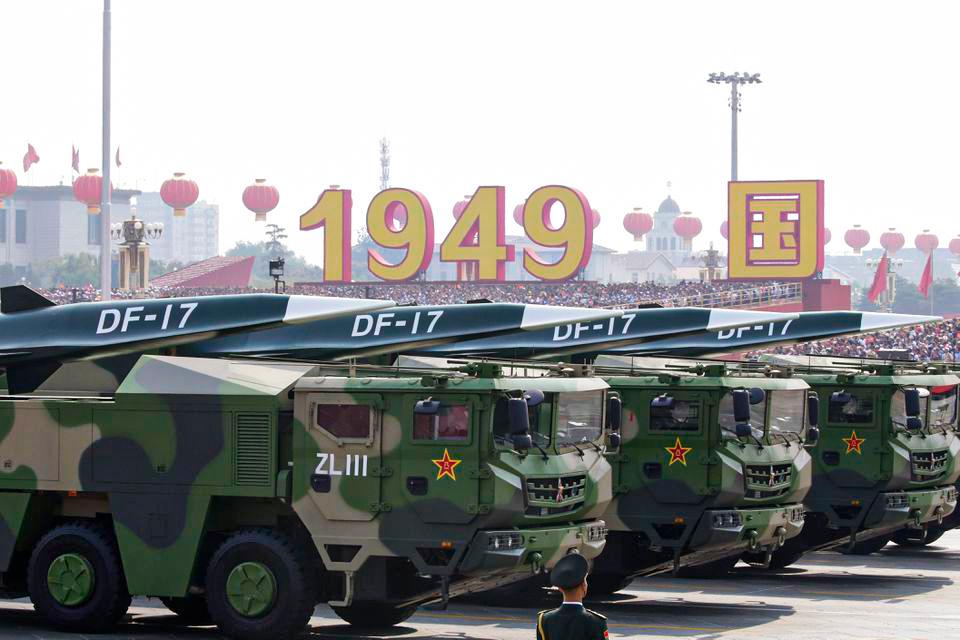According to U.S. Space Operations Vice Chief David Thompson, U.S. hypersonic weapons are currently “not as advanced” as those of China and Russia but that it is an area the navy and the air force is “working on.”
At the Halifax International Security Forum in Canada on Nov. 20, Thompson acknowledged that Russia and China being ahead of the United States in hypersonic missile development complicates the “principle of strategic warning” because it makes it difficult to pinpoint the target of the missile and activate warning systems.




